The Aurora Borealis Explained
The Northern Lights, polar lights and Aurora Borealis refer to the same amazing natural wonder; the latter term is simply the scientific name.
The Northern Lights, polar lights and Aurora Borealis refer to the same amazing natural wonder; the latter term is simply the scientific name.
The word Aurora is Latin for sunrise and the name of the Roman Goddess of the dawn, and Borealis is the Greek name for the north wind, so Aurora Borealis means “dawn of the north” which is the name Galileo gave to the lights in 1619.
The Aurora Borealis, or Northern Lights, is a natural, astronomical phenomenon that can light up the northern or southern skies, with fantastical shafts, curtains or twirls of several colours but, most commonly green, twisting and swirling in the sky. The Southern Lights are a similar phenomenon and are called the Aurora Australis where this means the “south wind”.
So, ‘Northern’ Lights only occur in the Northern Hemisphere, usually (but not exclusively) above a latitude of 66 degrees. Canada, Finland, Greenland (Denmark), Norway, Russia, Norway and Northern Sweden sit in this circle in the arctic, with Iceland just under at a latitude of 65.
On Antarctica (Southern pole) there are no cities or villages, 98% of the continent is covered by ice so there is very limited opportunity to visit to see the Northern Lights.
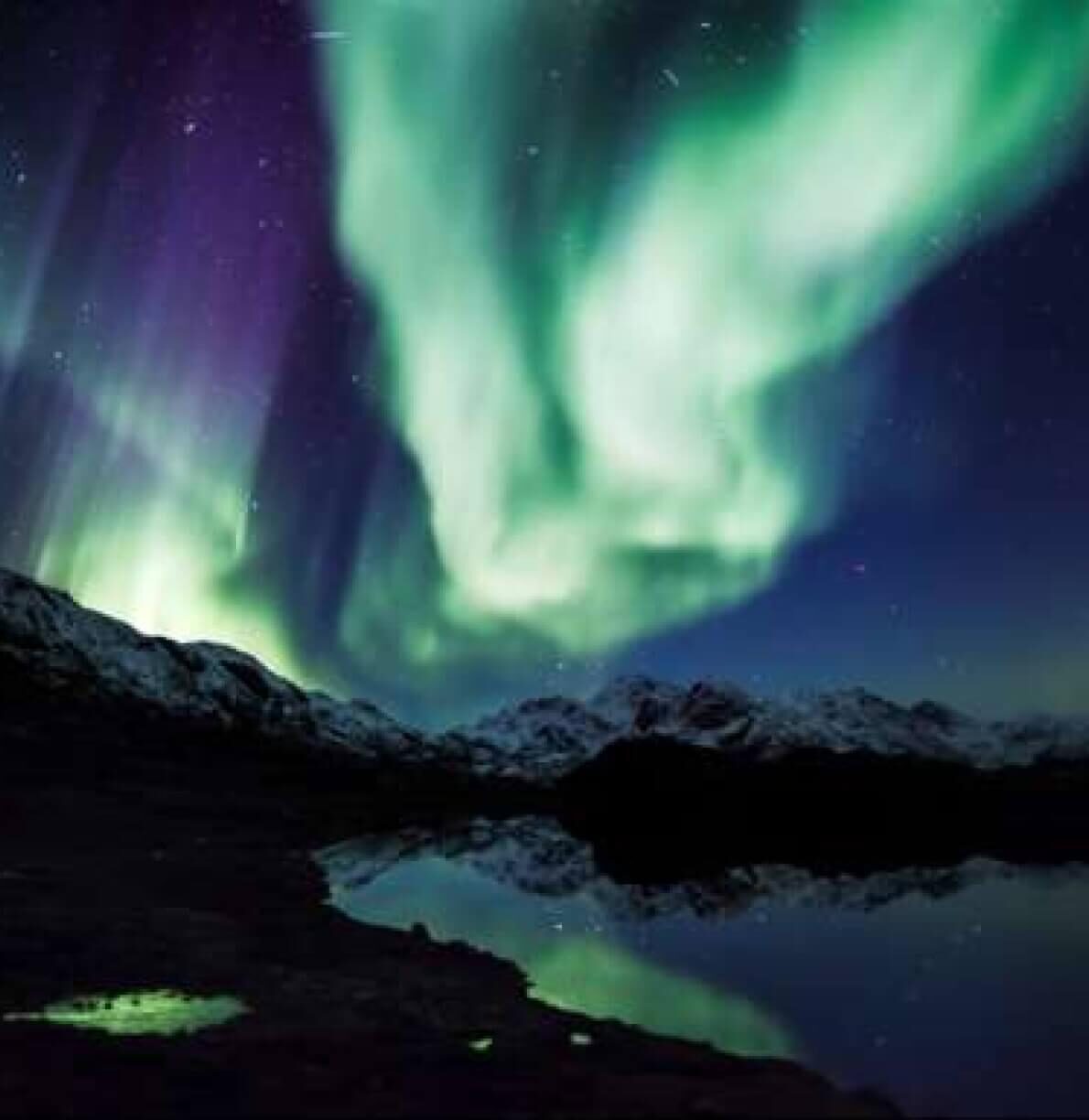
A combined effort between the earth and the sun creates this wonderful visual explosion of awe inspiring colour in the night skies that have been observed since ancient times causing excited wonder and sometimes fear in the native populations. However the Northern Lights can now be enjoyed by many nationalities thanks to modern travel> People can spend time enjoying all the winter activities and then spend the nights staring at the sky hoping for a glimpse of the dancing Northern Lights; indeed many people now go on a specific Northern Lights holiday with the objective of experiencing this magical phenomenon.
Many people do not know that the Northern Lights are also there in the daytime, but the sun is too bright for us to actually see them which is why you need the dark nights, away from modern light pollution and minimal cloud cover.
The best Northern Lights trips will plan so that you are in the right place away from artificial light pollution, and in areas that have an high incidence of minimal cloud cover (such as Abisko Sweden, Tromso in Norway and the Þórsmörk Valley in Southern Iceland) so you have
a higher chance of seeing the Northern Lights.
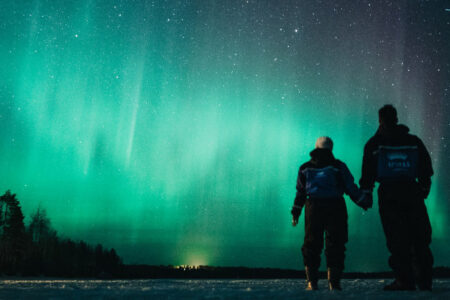
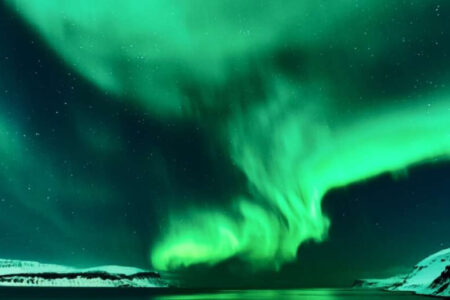
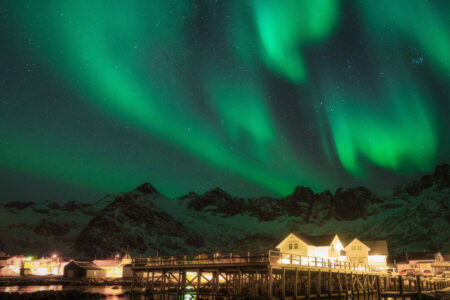

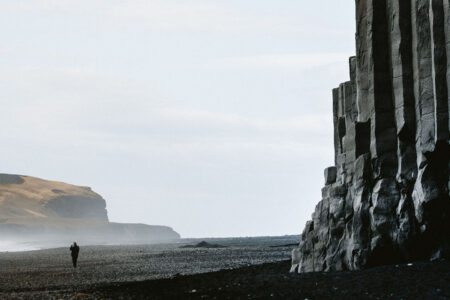
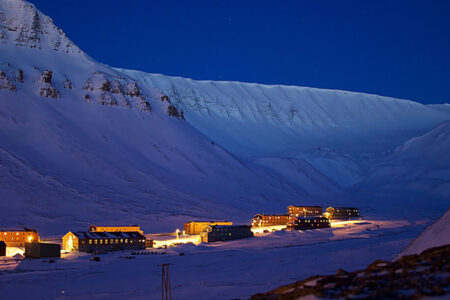
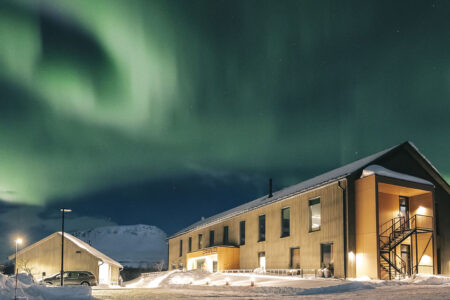

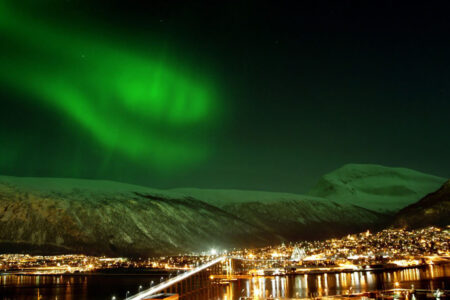
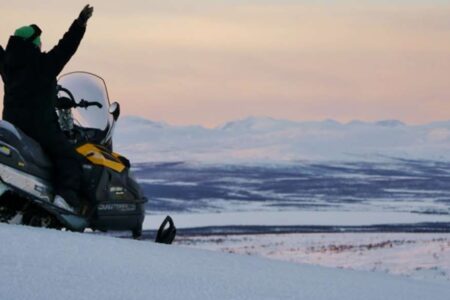
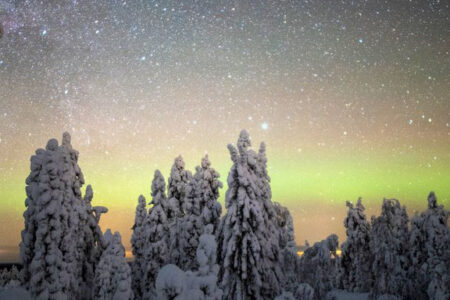

We are experts in providing once in a lifetime northern lights holidays to Swedish Lapland, Iceland, Norway and Finland.